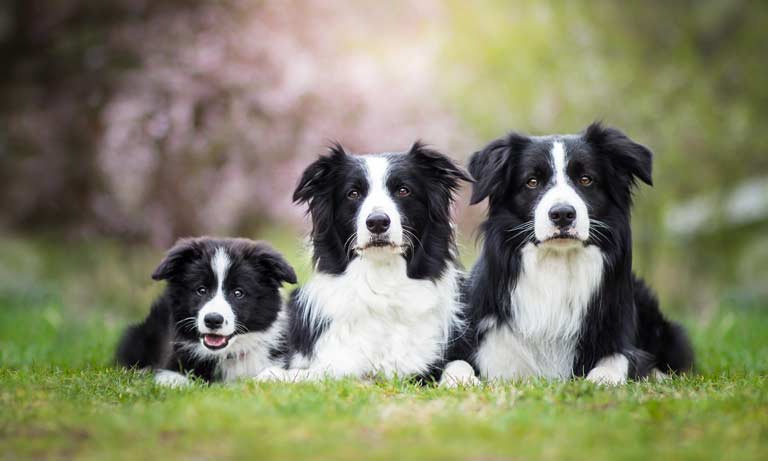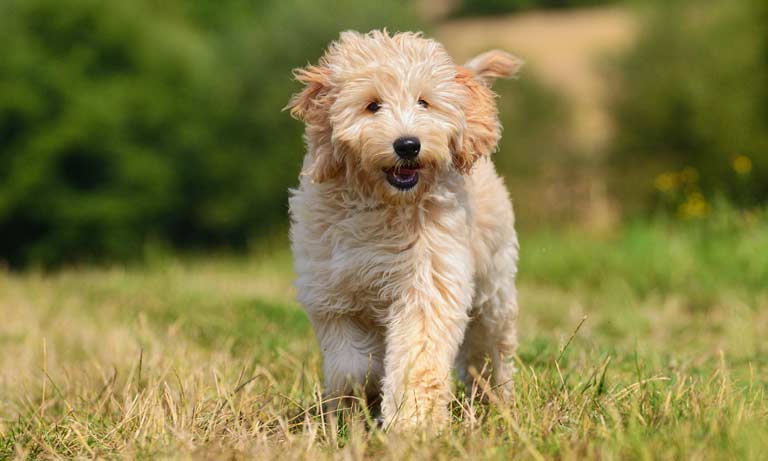Elbow scheme
Working to reduce canine elbow dysplasia across all breeds.
Working to reduce canine elbow dysplasia across all breeds.



Many breeds of dog are at risk of developing a condition known as elbow dysplasia. Elbow dysplasia is a common inherited orthopaedic problem in dogs where the elbow doesn’t develop properly.
Elbow dysplasia includes a number of problems that affect different areas of the elbow joint, including the growth of the cartilage which forms the surface of the joint or the structures around it. Even a small change in the shape of one part of the joint can have a major impact on the health, behaviour and welfare of the dog.
It's important to screen for elbow dysplasia so owners can engage in early, preventative care for their dog, and breeders can make informed decisions when deciding whether to breed from their dog.
Our scheme uses X-rays to screen for signs of abnormalities (irregular or poorly shaped elbow joints) caused by elbow dysplasia.
Once an X-ray has been taken by your vet, it is uploaded to our portal and checked by our team for quality control, and then sent to our panel of expert veterinary surgeons or "scrutineers". Our scrutineers work in pairs to assess your dog's elbows and provide a grade. This grade is then published online via the Health Test Results Finder on the Kennel Club website where applicable, and you will receive a digital certificate from your vet.

All pedigree and crossbred dogs can suffer from inherited diseases which are passed on from parent to puppy.
Health testing and screening allows owners and breeders to screen for inherited diseases, the results can then be used to help make sure that only healthy dogs are bred from. Responsible breeders should always health test the dogs they plan to use for breeding. To make sure you are buying a happy and healthy puppy, always ask to see the relevant health test results for both parents.
Some dogs whose parents and other related dogs have good elbow grades may still have poor grades. This reflects the fact that elbow dysplasia (ED) is a multifactorial diseases i.e. a number of other factors over and above genetic factors from the parents can be involved. Breeding from dogs with good elbow grades reduces the incidence of disease but does not eliminate it completely.
Contact your local vet to enquire about X-rays and find out if they are registered with the CHS portal. You can then arrange an appointment for your dog to be X-rayed.
If your vet isn't currently registered on the portal, they can register here.
Before having your dog screened for elbow dysplasia, please make sure you can meet the following requirements:
The dog must be at least 1 year old.
The dog must be permanently and uniquely identified by a microchip.
If applicable, the dog’s Kennel Club registration certificate and any related transfer certificates must be available so that the details can be printed on the X-rays.
The X-rays must be taken under anaesthesia or heavy sedation which means that the dog may have to be left for a short time at the veterinary practice. The type of drugs used will vary depending due to age, breed and history of the dog, and is generally a very safe procedure in healthy dogs. Elbow X-rays can be taken at the same time as those for the Hip Dysplasia Scheme. If you have any queries speak to your vet or read the Procedure Rules and Regulations explaining the requirements and procedure for X-ray (particularly Sections 6-8).
Once the X-rays have been taken, your vet will submit the details, X-rays, and fee to CHS.
A single submission to the Elbow Scheme starts from £80.10 (inc. VAT). Details of our fees and offers can be found on our Submissions Fees page. The BVA fee is in addition to the X-ray and other vet costs which may differ between practices. Please speak to your vet for a full breakdown of costs.
We have a one-week turnaround following payment for online submissions made on the CHS portal.
We are unable to fast-track any submissions or give preferential treatment to any practices or breed clubs.
Once your dog has been graded, a completed certificate detailing the elbow grades will be sent back to your vet and then passed on to yourself.
A grade is given for each elbow and the overall elbow grade is determined by the higher of the two individual grades. The grades are:
0 = Radiographically normal
1 = Mild osteoarthritis
2 = Moderate osteoarthritis or a primary lesion with no osteoarthritis
3 = Severe osteoarthritis or primary lesion with osteoarthritis
CHS recommends only breeding from dogs that have an elbow grade of 0.
Elbow dysplasia affects a range of breeds including crossbreed.
Common breeds at risk of elbow dysplasia are:
Basset Hound
Bernese Mountain Dog
Dogue de Bordeaux
German Shepherd Dog
Great Dane
Irish Water Spaniel
Newfoundland
Goldendoodles
Labradoodles
Labrador Retriever
Rottweiler
Many other breeds suffer from elbow dysplasia, visit the Kennel Club's Breeds A to Z page for more information.

The results will be uploaded to your vet's portal and passed on to you. We always recommend discussing the result with your vet.
If your dog is registered with the UK Kennel Club, the results will also be published on the Kennel Club website.
The schemes have a robust appeals process, which is open to any owner or breeder who disagrees with the grade for their dog. The radiographs are re-evaluated by two further scrutineers who are unaware of the original grade and then reviewed by the Chief Scrutineer. The final appeal grade is therefore based on the professional opinion of five scrutineers. Find out more about our process here.
We are always looking for new scrutineers to join our expert panel. If you are interested in becoming a scrutineer, please send an email detailing your interest and qualifications to [email protected].

We have a panel of ten scrutineers.
Every member of our panel is a veterinary surgeon with advanced professional qualifications in veterinary radiology and/or orthopaedics. They are extremely experienced in the assessment of hip and elbow X-rays, scoring and grading over 16,000 each year.
Visit our CHS help centre to see answers to frequently asked questions.
If you can't find your answer there, you can contact our expert in-house CHS team via email: [email protected]
Our comprehensive visual how-to-guide for radiographic positioning for the Elbow Dysplasia Canine Health Scheme.